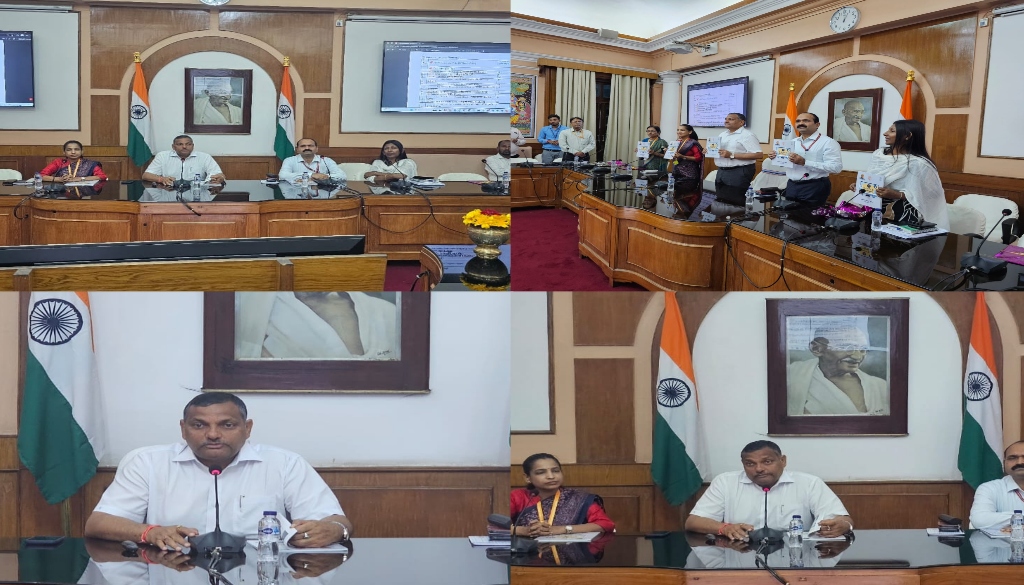Bihar’s Chief Secretary Unveils e-Office Manual in Push for Transparent Governance

Patna: In a fresh push towards administrative transparency and digital governance, Bihar’s Chief Secretary Amrit Lal Meena on Monday launched the e-Office User Manual at the Chief Secretariat Assembly Room in Patna. The initiative, aimed at streamlining file movement and enhancing accountability, marks a key milestone in the state’s ongoing civil service reforms.
Senior government officials, including Dr B. Rajender, Additional Chief Secretary of the General Administration Department, Dr Safina A.N., Additional Director General of the Bihar Administrative Reforms and Training Institute (BPARD), and Rachna Patil, Secretary of the General Administration Department, were present at the launch.
The manual is designed to guide state departments in adopting the e-Office system, a digital workflow platform intended to reduce delays and improve record-keeping within the government.
Speaking at the event, Amrit Lal Meena said the move aligns with Chief Minister Nitish Kumar’s vision of a more transparent and efficient administration. “The e-Office system is a unique step that allows swift and transparent file disposal. It reflects our commitment to leveraging technology to improve governance and deliver faster services to the people,” he said. Officials believe the system will foster greater accountability, reduce bureaucratic bottlenecks, and enable departments to operate with greater speed and oversight. Described as a cornerstone of the state’s digital governance architecture, e-Office is expected to be implemented across departments in the coming months.
The Bihar government has made consistent efforts in recent years to modernise its administrative machinery through digital tools and procedural reforms, positioning transparency and efficiency at the heart of its governance agenda.





